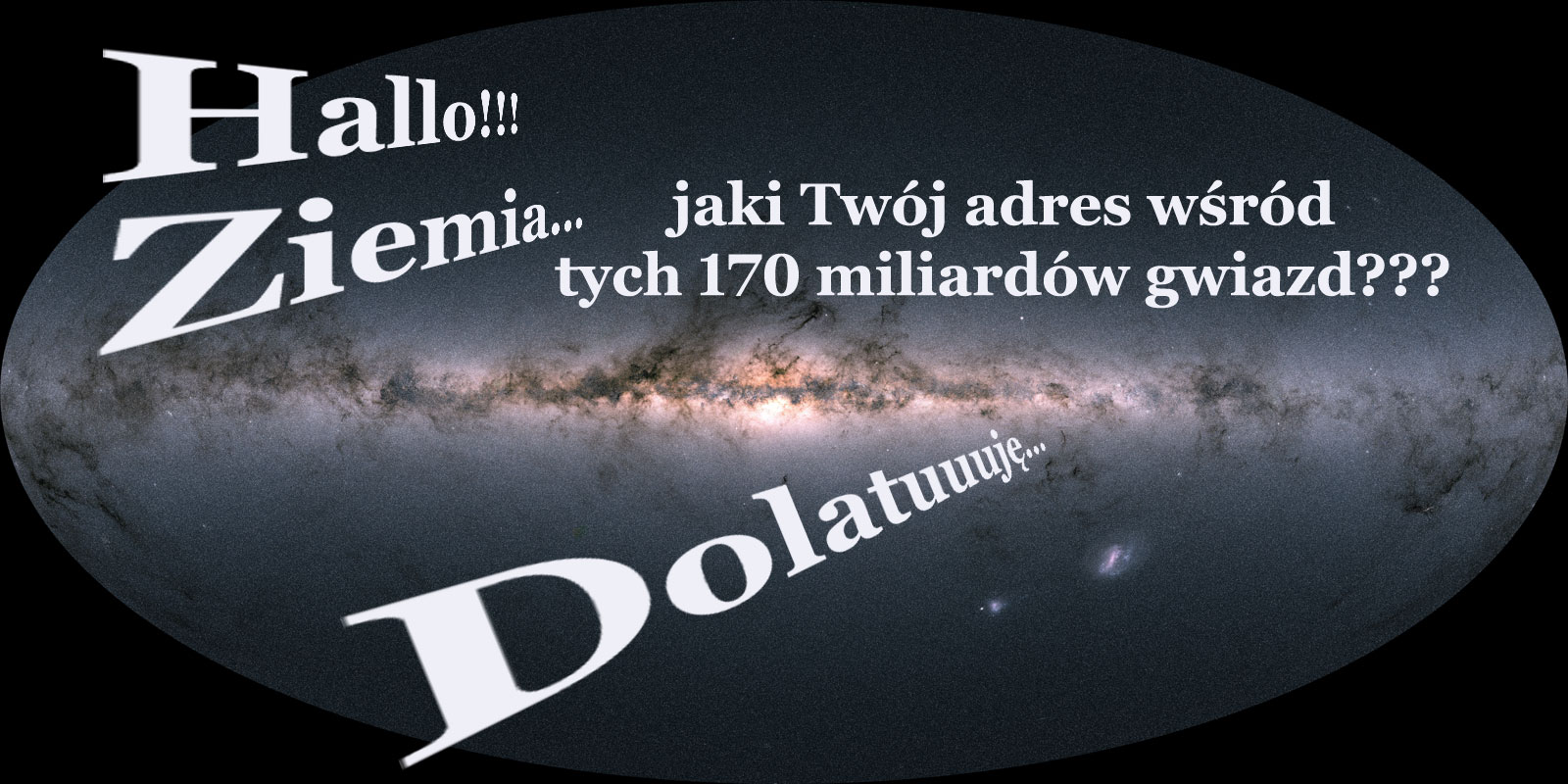Cosmic Ray Extremely Distributed Observatory (CREDO) is a global research infrastructure for the detection of cosmic and local radiation, created and managed by international scientific cooperation (28 institutions from 12 countries, as of October 23, 2019), initiated and conducted by the Institute of Nuclear Physics of the Polish Academy of Sciences. The main area of interest and scientific activity of CREDO is particle astrophysics. Our goal is to search for unprecedented astrophysical phenomena, which may consist of many large atmospheric bursts and individual particles of secondary cosmic rays reaching the Earth in a narrow period of time. These phenomena are called Cosmic Ray Ensembles (CRE). CRE particles can be spread over very large areas, which making large-scale correlations difficult to detect by existing detection systems that operate individually. The distributed detector network projected and developed by CREDO naturally increases the chances of detecting CRE, offering sensitivity to new, untested signatures consisting of signals with a wide spatial and / or time distribution.
The CREDO infrastructure currently consists mainly of about 10,000 mobile devices (smartphones) with the CREDO Detector application for detecting cosmic rays. Ultimately, it will also cover other types of small and medium-sized, inexpensive cosmic radiation detectors, also capable to detect radioactivity from terrestrial origin, as well as interfaces to any other available, fully professional radiation detection systems.
References:
P. Homola, et al. (CREDO Collaboration) „Search for Extensive Photon Cascades with the Cosmic-Ray Extremely Distributed Observatory”, CERN Proceedings, 1 (2018) 289, arXiv:1804.05614, doi: 10.23727/CERNProceedings-2018-001.289;
D. Góra, et al. (CREDO Collaboration) „Cosmic-Ray Extremely Distributed Observatory: status and perspectives”, Universe 2018, 4(11) 111, arXiv:1810.10410;
contact/information: http://credo.science.
research topics with the possibility of internship under CREDO (Cosmic-Ray Extremely Distributed Observatory) Cracow
https://credo.science/praktyki/
and topics of work for students with possible internship at IFJ PAN Kraków https://www.ifj.edu.pl/edukacja/dzien-otwarty/2019/lic-mgr/
INSPIRATIONS, WHICH THEMES ARISING FROM THESE, WILL REMAIN WITHIN THE INTEREST OF THE CREDO PROJECT
I. Conception, research and interpretation
Preparation of the research concept, conducting and elaborating the results of work on topics derived from natural issues on the basis of data obtained from:
1. sought for generally available and unavailable (by sending inquiries to institutions that deal with such data) databases for finding common values within collections, referring to the following phenomena:
– cosmic rays
– Earth’s magnetic field
– changes of terrestrial water and groundwater
– changes of temperature the earth’s surface
– deformation of the earth’s surface
– solar flares
– earthquakes
– ELF waves
– Schumanna waves
– anomalies in the aforementioned phenomena (and not only).
and between them. Interpretation of results within the issue: Theory of chaos and the island of stability versus anomalies in data sets and statistical sequences of events with reference to the theory of information and awareness.
2. determining the correlation between data from health statistics and selected phenomena
II. Prototype, cooperation of programmers and organisators of the projects
1. development of the concept and implementation of a mass prototype in use of a bracelet recording the penetrating cosmic particles and performing data transmission via a smartphone to a central computer. Apart from the values useful as a mass research tool CREDO, the bracelet should have an attractive appearance and be able to present in the form of light (sound?) signals the penetration of such a particle (visible trace of such a particle).
The best size of the bracelet oscillates within these limits: 18 x 47 x 12 mm.
We are interested in the presence of three solutions in the bracelet:
a / the bracelet that detects particles and lets you know it using an LED diode or appropriate nanomaterials
b / Bluetooth module
c / GPS module
The external materials at this time is a secondary matter.
2 . Interface
The current version is under the working link:
https://credo.science/blog/wordpress/
This is a prototype version, so it may have some shortcomings (work defective), have low functionality and poor graphics. You must indicate them …
To have access to the modules you need to log in to the site: https://credo.science/blog/wordpress/index.php/login-2/
Please provide test data, ie:
login: test1
password: qwerty123
This is a test account – so it has some data entered rigidly.
Detections can be seen in the form of times or images (select in the form):
you need to hover over the „User” menu and select „Detections” from the list:
When the selected images are marked, there is the „Add selected images to my gallery” button at the bottom -> it will move to all added images.
Clicking on the thumbnail enlarges the detections.
Not all days have detection – certainly detection has the date „2019-05-02”
There are also rankings of registered people, all users and teams in the interface.
There is also a detection map from 1 day: User -> Map.
Also achievements (as part of the friendly rivalry) in 5 areas. „USER” tab choose „achievements” The user will have his wallet – points that can be converted into cryptocurrency in the future
Short description of functionality (at this link):
https://credo.science/blog/wordpress/index.php/pilot/
The interface will be further developed.
You are invited to cooperate in refining and presenting new functions.
For example, plans include:
a) Tabs for coordinators so that they can see the activity and progress of their students from the team.
b) elaborating of the theories after consulting scientists
c) improving of the ranking, reviewing of the detections etc.
3. Elaborating of the project, resulting in the existence of commonly operating in the MODY communities for catching (space) particles and implementation of its components.
Siemianowice Śl. 05.11.2019
